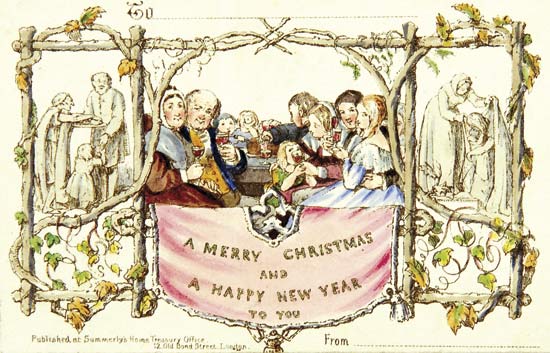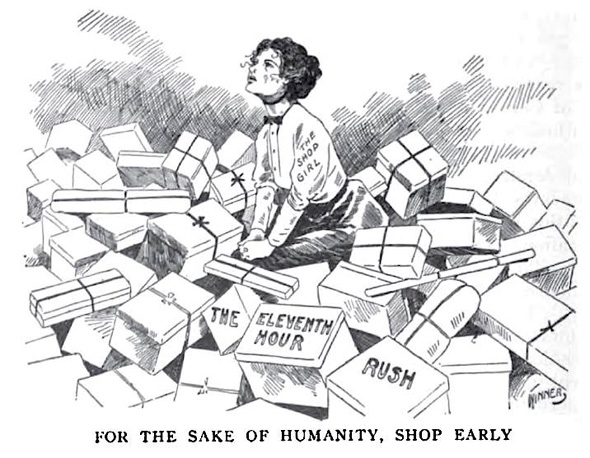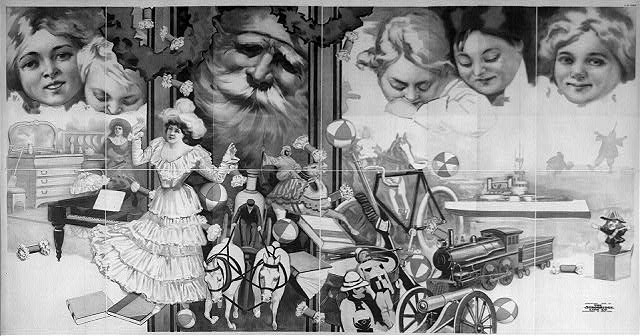A Gilded Age Guide to Gift-Giving
November 21, 2014
By: Tasia Hoffman
Last December, Time magazine published an article on the psychology of gift-giving, addressing the questions that plague us each year as we search for the perfect gift for the perfect—or not-so-perfect—person in our lives.

The questions, paraphrased: If I don’t know what to give my significant other, do I not know him or her well enough? What if I find just the right gift for a family member, only to find that he or she doesn’t like it? Is there anything wrong with an unsentimental gift? Am I bad for only buying gift cards? What about re-gifting? With a new holiday season upon us, I turn to a Gilded Age-era writer at The New York Times for answers—a self-proclaimed expert in the fields of gift selection and reception.
My author declares his respect for the practice of gift-giving, citing benevolent roots, “Charitable people gave food to the hungry and trousers to the ragged, as the best way of celebrating the Christmas season.” He takes issue, however, with the “unnecessary and purely complementary” notions of gift exchanges. Now, the Gilded Age was a historical period shaped by a newly wealthy class interested in visual splendor and lavish displays of finance, which means that, to assert his views on gift exchanges as boldly as he did, my author was a brave man.
…or perhaps he simply had a dry and clever wit.
The main issue with Gilded Age gift-giving, according to my author:
How, then, does one select the ideal gift, a present that elicits a desirable response from the recipient?

My author believes it improbable—a misuse of time, energy, and money. Instead, he proposes a New Year’s Day gift swap for a “scientific and effective” exchange of gifts. The procedure is simple: each person purchases and gives away, on Christmas, the gifts that he or she hopes to receive. Once all of the gifts have been opened, each family member can rejoice knowing that he or she will trade all gifts received for gifts purchased in a week’s time. This process, in my author’s opinion, should be the future “common law of Christmas.”
So whether you indulge in the holiday gift hunt or send out and receive mass emails in the Gilded Age spirit of buy-me-this, whether you find and receive show-stopping surprise gifts or end up collecting receipts and returning everything—remember that laughing with your eleven sisters, sisters-in-law, and cousins while opening eleven cakes of toilet soap (again) can sometimes be the most memorable and gratifying event of the season.

Happy Holidays, from the Driehaus Museum community to your family, and thank you for sharing in this past year with us.
____________________________________
This holiday season, celebrate Gilded Age style. Find information on programs and events at http://www.driehausmuseum.org/programs.
Citations:
- “Christmas Giving.” The New York Times. 28 December 1881. Print.
- Photo: “The First Christmas Card” from http://media.web.britannica.com/eb-media/43/99943-004-B3D19C4B.jpg
- Photo: “Shop Early” courtesy of Library of Congress
- Photo: “For the Sake of Humanity” courtesy of Library of Congress
- Photo: “Toys for Christmas” courtesy of Library of Congress